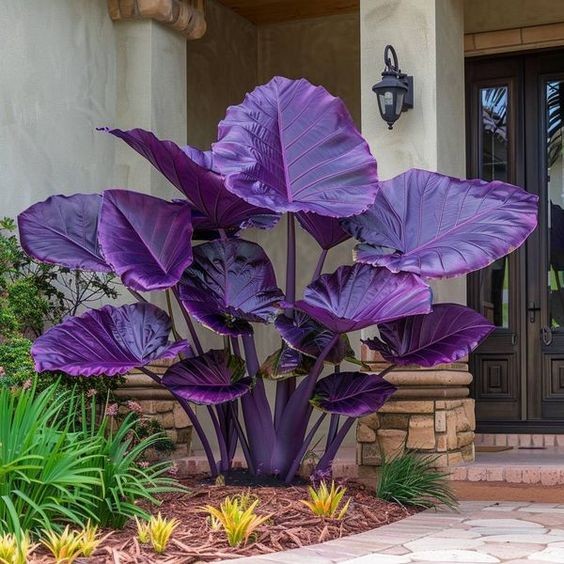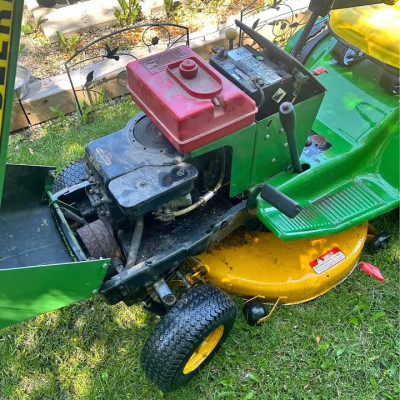The Ultimate Guide to Creating a Beautiful Plants Garden
Creating a beautiful plants garden can be a rewarding and therapeutic experience. Whether you’re a seasoned gardener or a novice looking to green up your outdoor space, designing a garden that flourishes with vibrant plants and harmonious design elements requires a blend of creativity, planning, and care. This ultimate guide will walk you through the essential steps to craft a stunning garden that enhances your home and brings joy to your outdoor life.
1. Planning Your Garden
1.1. Define Your Garden’s Purpose
Before planting, determine the purpose of your garden. Are you aiming for a serene retreat, a space for entertaining, or a functional vegetable and herb garden? Your goals will influence plant selection, layout, and design elements.
1.2. Assess Your Space
Evaluate your garden space in terms of size, sunlight, soil type, and climate. Understanding these factors will help you choose plants that thrive in your environment and ensure a harmonious garden design.
1.3. Create a Garden Plan
Sketch a layout of your garden. Include areas for different plant types, pathways, and any additional features like seating or water elements. Consider the mature size of plants to avoid overcrowding and ensure a balanced design.
2. Choosing the Right Plants
2.1. Select Plants for Your Climate
Choose plants that are well-suited to your local climate and soil conditions. Consult with local nurseries or gardening centers for recommendations on hardy plants that will thrive in your region.
2.2. Mix Plant Types
Incorporate a variety of plants, including perennials, annuals, shrubs, and trees, to create visual interest and ensure year-round beauty. Perennials offer long-term value, while annuals provide seasonal bursts of color.
2.3. Consider Planting Zones
Group plants with similar water and light requirements together. This helps streamline maintenance and ensures that each plant gets the care it needs to thrive.
2.4. Incorporate Focal Points
Add focal points to your garden design, such as ornamental grasses, flowering shrubs, or striking trees. These elements draw the eye and create visual interest.
3. Designing Your Garden Layout
3.1. Create Layers
Design your garden in layers to add depth and dimension. Start with taller plants and trees in the back or center, and work your way down to shorter plants and ground covers. This creates a visually appealing structure and allows every plant to be seen.
3.2. Incorporate Pathways
Add pathways to guide visitors through your garden and connect different areas. Use materials like gravel, stepping stones, or flagstones to create functional and attractive walkways.
3.3. Include Seating Areas
Create comfortable seating areas where you can relax and enjoy your garden. Add benches, chairs, or a small table to provide a space for contemplation and outdoor dining.
3.4. Use Containers and Pots
Incorporate containers and pots for flexibility in your garden design. They allow you to add color and texture in smaller spaces or on patios and balconies.
4. Planting and Maintenance
4.1. Prepare the Soil
Before planting, prepare the soil by removing weeds, rocks, and debris. Amend the soil with compost or organic matter to improve fertility and drainage.
4.2. Plant with Care
Follow planting instructions for each plant, including spacing, depth, and watering requirements. Proper planting ensures healthy root development and reduces stress on the plants.
4.3. Water Wisely
Water your plants according to their specific needs. Avoid overwatering, which can lead to root rot, and ensure consistent moisture for optimal growth.
4.4. Mulch and Fertilize
Apply mulch to retain soil moisture, suppress weeds, and regulate soil temperature. Fertilize plants as needed to provide essential nutrients and promote vigorous growth.
4.5. Prune and Deadhead
Regularly prune and deadhead plants to encourage new growth and maintain a tidy appearance. Remove dead or diseased plant material to prevent the spread of pests and diseases.
5. Enhancing Your Garden
5.1. Add Water Features
Incorporate water features like fountains, ponds, or birdbaths to create a soothing ambiance and attract wildlife. The sound of running water adds tranquility to your garden space.
5.2. Include Lighting
Install garden lighting to highlight key features and extend the usability of your garden into the evening. Solar lights, string lights, or spotlights can create a magical atmosphere.
5.3. Use Garden Art
Add garden art or sculptures to infuse personality and creativity into your outdoor space. Choose pieces that complement your garden’s style and add visual interest.
5.4. Attract Wildlife
Plant flowers that attract pollinators like bees and butterflies. Provide bird feeders, birdhouses, and native plants to create a welcoming environment for local wildlife.
6. Seasonal Care
6.1. Adapt to Seasons
Adjust your garden care routine according to the seasons. In spring, focus on planting and fertilizing; in summer, ensure proper watering and maintenance; in fall, prepare plants for winter; and in winter, protect plants from harsh conditions.
6.2. Plan for Future Growth
Consider how your plants will grow and change over time. Plan for future additions or adjustments to accommodate plant growth and evolving garden needs.
Conclusion
Creating a beautiful plants garden is a fulfilling endeavor that enhances your home’s outdoor space and promotes a healthier environment. By carefully planning, selecting the right plants, and implementing thoughtful design and maintenance practices, you can craft a garden that is both visually stunning and functional. Embrace the journey of gardening and enjoy the beauty and tranquility that your carefully curated garden brings.






